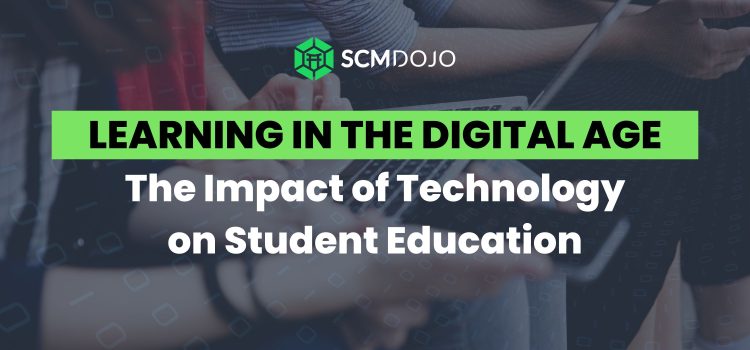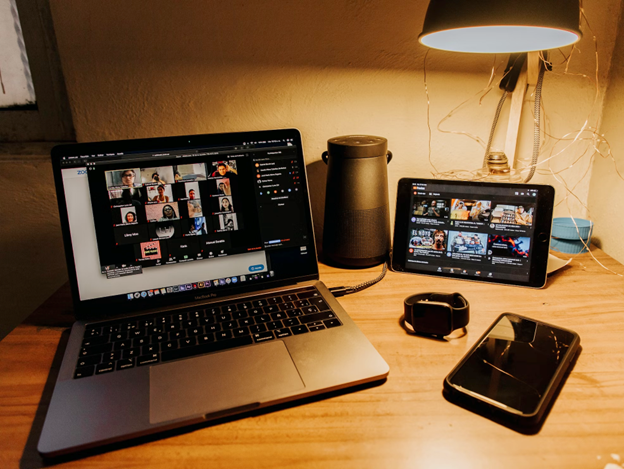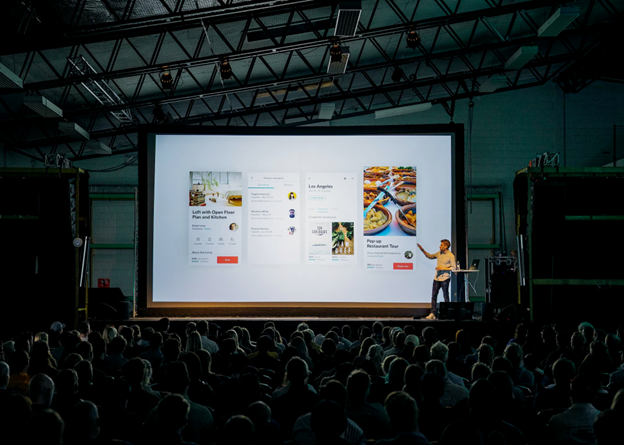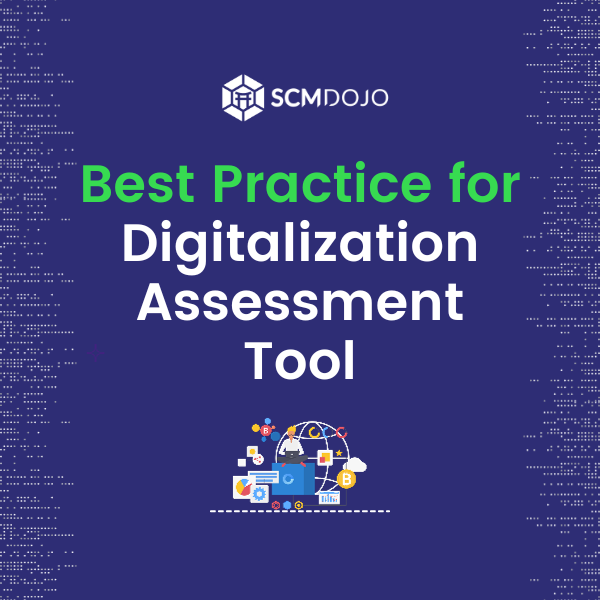Since the COVID-19 pandemic started more than three years ago, lots of usual things in our lives had to go through drastic changes. The education field was not an exception. Students and educators had to quickly adapt to the new way of learning. After that, everybody experienced how technology can impact the education process, starting with online learning.
Of course, the internet and different programs that helped pupils get through the pandemic, like Zoom and Skype, are not the only technological things that schools use on a daily basis. You can say in general that technology has revolutionized education, transformed learning as we know it, and added new opportunities for pupils and their teachers.
Many young people don’t struggle anymore with their assignments thanks to technology. The most basic example of how students use the digital age to their advantage is by hiring an online essay writer for their homework. By opting to get term paper writing with EssayPro, you can ensure that your assignments are expertly crafted and tailored to meet the academic standards of your institution. This approach not only guarantees high grades but also alleviates the stress of meeting tight deadlines. With the assistance of professional writers, you can confidently submit well-researched and impeccably written papers, leaving you with ample free time to pursue activities that genuinely interest you.
Credit: https://unsplash.com/photos/qnWPjzewewA
On the other hand, this is not everything that modern progress has to offer. Are you interested in knowing more about online learning opportunities in the digital age? Here is everything you need to know about the impact of technology on student education!
Benefits of using technology in education
It’s pretty obvious that there is no way around technological progress. You will have to adapt to the new reality if you want to stay afloat. This includes not only pupils but also their teachers. The older generation sometimes can struggle with accepting something new and using it in their curriculum, unlike younger people.
Let’s see how innovation can help everybody in this process.
It creates a more engaged environment
Most of the homework is already uploaded to the school portal, where you can also look through studying materials, previous lessons, and student forums. This is a much-needed element of interactive activities that younger people need! By using a computer, a tablet, or even a phone, learners can connect with each other and engage in a conversation about their classes.
It can include different learning styles into the curriculum
There is a theory about different online learning styles, which is often related to young children. On the other hand, even college undergraduates have their own predominant style that can help them absorb information much better. Here are these styles, in case you didn’t know about them:
- Visual, where you accept new information better through your eyes
- Auditory, where you can remember more when you hear the information
- Read/write, where you are more open to receiving new info through reading or writing it down
- Kinesthetic, where you use all of your senses to accept new information better
Before, students were often forced to follow their curriculum through the same pattern of reading and writing something down. It was pretty common to look at your phone during lectures as pupils were not that interested. Now they can use VR for visual online learning, interactive lectures for auditory and kinesthetic processing of new information, and their tables for reading and writing.
It boosts collaboration
Using innovations in the classroom usually makes activities more interesting for everyone, especially when teachers create a fun group project. Of course, educators have been communicating with their students through the internet before, but now pupils can interact with one another as well strictly in the academic setting!
Here are some of the examples of how technology promotes collaboration in the classroom:
- Students can participate in educational games
- They can share their ideas and throughs on a public platform
- They can ask questions about their classes and receive feedback
- They can ask for more help from their teachers in case of difficult subjects
- They can upload their homework and receive grades back with no hassle
It helps teachers connect with their class
It’s no secret that pupils are not always eager to talk to their educators. There is a psychological barrier between generations, and it can get pretty uncomfortable for everybody involved in the process. On the other hand, with the help of online portals, communication forms, and feedback sessions, this barrier can be taken down!
It helps with exploring complex subjects
Studying can definitely be less complicated when you are having fun! For more complex assignments like essays and other projects, you can hire the best paper writing services on the internet. At the same time, even very complicated classes like math and engineering can benefit from introducing technology into the classroom. For example, it can boost the visual component.
Credit: https://unsplash.com/photos/bzdhc5b3Bxs
What are the examples of technology in the classroom?
It’s not enough to know the theoretical impact of using innovations during the online learning process. You need to know the practical side as well if you want to fully embrace the progress! Luckily for you, there are plenty of cases where teachers have been using know-how in their classrooms with amazingly positive results. Let’s take a look at them so you have a better understanding:
- Gamification. Who doesn’t like playing games? Most younger learners already spend a lot of time in front of their phone screens, so they might as well remember something. You can pass some quizzes, get rewards, and learn at the same time!
- Digital field trips. This is a pretty popular and cost-effective tool that is widely used in underfunded schools and colleges. You can virtually explore any landmark, park, or historical site without leaving your campus! This is also very effective for visual learners.
- Online classroom calendar. Creating a shared calendar for the whole classroom is a genius way of making sure that you won’t miss any deadlines anymore. You can also add any important event here for the teachers and your classmates to see.
- Multimedia presentations. Everybody knows about PowerPoint and other platforms where you can create presentations. On the other hand, by using more visual effects, augmented reality, music, and videos, teachers can create even more engaging content for their classes.
Takeaway
As you can see, technology is not all that bad. Sure, young learners are often on their phones and laptops, but they can also use them for good! By embracing technological progress, teachers can create a more inclusive and welcoming environment for everyone.





